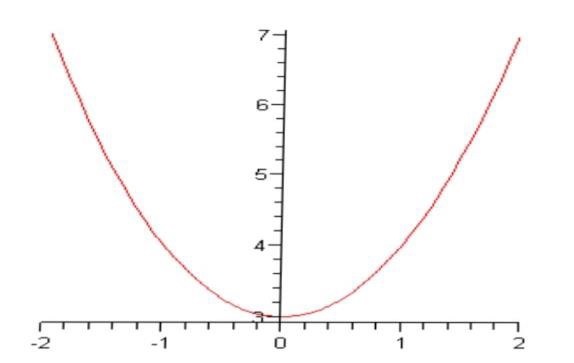Mathematical Modelling: Growing Role and Applications

DOI:
https://doi.org/10.54060/JASE/001.01.004Keywords:
Mathematical Modeling, pandemic, Mathematical application, modelAbstract
This paper aims at the importance of mathematical modelling, its growing role and its applications. It is a myth that modelling projects progress easily from working through to utilizing, this is scarcely ever the situation. In computer science, the use of modelling and simulating a computer is utilized to fabricate a mathematical model which contains key boundaries of the actual model. The study aims at the use and advantageous application of mathematical modelling in the COVID pandemic such as to understand the transmission of the virus, its solution to prevent the growth of the virus among the population, calculate the infected populations and give a slight idea of the future predicted scenarios. Thus, its role and applicability in the pandemic are discussed by framing a mathematical model case to understand the transmission of the virus at the stage of the beginning of the pandemic. Thus, the study aims to give a basic idea of mathematical modelling, its uses, and its role in recent scenarios.
Downloads
References
S. R. Waykar, “Mathematical Modelling: A way of life,” International Journal of Scientific & Engineering Research, Vol. 4, Iss. 4, pp 1336-1352, 2013.
S. R. Waykar, “Mathematical Modelling: A way of life,” International Journal of Scientific & Engineering Research, vol. 4, no. 4, 2013.
A. Zeb, E. Alzahrani, V. S. Erturk, and G. Zaman, “Mathematical model for Coronavirus disease 2019 (COVID-19) containing isolation class,” Biomed Res. Int., vol. 2020, p. 3452402, 2020.
O. Р. Nechuiviter, “Application of the theory of new information operators in conducting research in the field of information technologies,” Information Technologies and Learning Tools, vol. 82, pp. 282–296, 2021.
K. T. Smith, D. Rubin, and M. J. Turner, “Modelling dynamic response of physical systems in Simulink,” in 2018 3rd Biennial South African Biomedical Engineering Conference (SAIBMEC), 2018.
Y. Mohamadou, A. Halidou, and P. T. Kapen, “A review of mathematical modeling, artificial intelligence and datasets used in the study, prediction and management of COVID-19,” Appl. Intell., vol. 50, no. 11, pp. 1–13, 2020.
“Mathematical Modeling,” Univie.ac.at. [Online]. Available: https://www.mat.univie.ac.at/~neum/model.html. [Accessed: 27-Dec-2020].
R. Borromeo Ferri, “Modelling problems from a cognitive perspective,” in Mathematical Modelling: Education, Engineering and Economics, C. Haines, Ed. Chichester: Horwood, 2007.
W. Blum and R. B. Ferri, “Mathematical modelling: Can it be taught and learnt?” Journal of mathematical modelling and application, vol. 1, pp. 45–58, 2009.
W. Blum, P. Galbraith, H. W. Henn, and M. Niss, Eds., “Education-Discussion document,” in Modelling and Applications in Mathematics Education, vol. 51, New York: Spring, pp. 149–171.
J. P. Daponte, “Necessary research in mathematical modeling and applications,” in Teaching and Learning Mathematics in context. Chichester: Horwood, T. Breiteig, Ed. 1993, pp. 219–227.





























